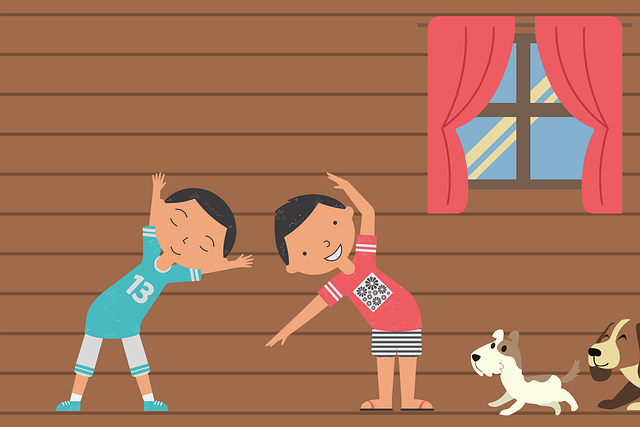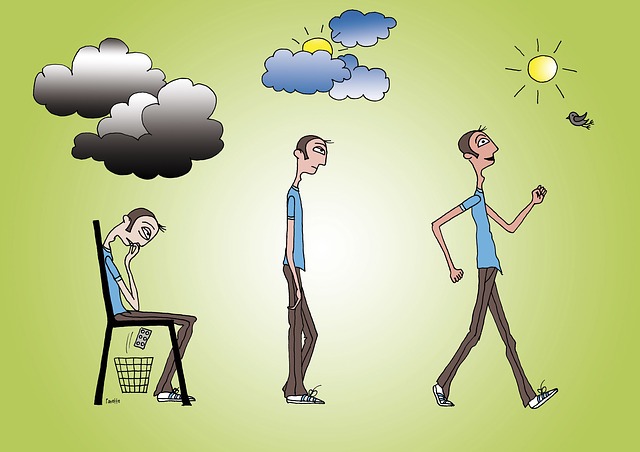Tom Heah, a highly accredited mindfulness teacher, provides a guided meditation podcast on mindful movement, his particular area of expertise. Tom was an Occupational Therapist in Vancouver Canada until 2021 when he switched to offering mindfulness training to the Vancouver Center which focused on mental health and substance abuse. Tom has conducted many mindfulness training courses, including Mindfulness-Based Cognitive Therapy (MBCT) and Mindful Awareness Practices (MAPs). He offers free access to guided audio versions of mindfulness practices incorporated in these courses – they are available for streaming and/or download. His recent mindful movement meditation was offered as the last of the 2022 weekly, UCLA online meditations. From 12 January 2023, the weekly meditations will resume as in-person, face-to-face sessions at the Hammer Museum with live streaming. The guided meditations will continue to be available in audio podcast form after the resumption.
Tom discusses the nature of mindfulness in terms of focusing on the internal and external sensations of the present moment. He suggests that this involves openness, interest and curiosity about our current reality, both internal and external. By focusing on the present moment, we resist the natural urge to ruminate about the past (experiences, mistakes, losses) or to worry about the future. Tom maintains that cultivated present moment awareness enables us to show up in the various arenas of our lives.
Tom highlights the fact that despite the festivities of the Christmas season, many people will be experiencing sadness through loss, isolation, loneliness, illness or conflict with relatives. He observes that people often cannot sit still when they are stressed – so he focuses on mindful movement in his guided meditation.
Guided mindful movement meditation
From the outset of the mindful movement meditation, Tom stresses the need to stay within our own physical limits, engaging in the suggested movements only to the extent that they do not cause pain. The fundamental idea of mindful movement is to move parts of our body while breathing in a controlled way. The aim then is to focus on the bodily sensations experienced with each form of movement. Guided movements can be undertaken either standing or sitting, allowing for variations for the chosen posture.
In the guided movement meditation, Tom skilfully directs our movements while guiding our breathing – all the time reminding us not to stop breathing. Some of the movements involve raising both arms, moving our arms sideways and slowly moving the neck in a number of directions. It is important to follow the guidance provided so that we can remain focused on our bodily sensations, without thinking about the next step.
After completing the movement meditation, Tom guides us on a silent, still meditation where we can focus on an anchor of our choice to enable us to return to our focus when we become distracted by thinking or planning. The anchor could be our breathing, sounds that surround us or some form of bodily sensation such as our fingers touching.
Reflection
The guided meditation provided by Tom is one of the many meditations that involve mindful movement. Others include Tai Chi and Yoga. As we grow in mindfulness through mindful movement meditations, we can develop new perspectives on old problems, respond to triggers in a more skilful way and experience greater ease and restfulness. Our increased bodily awareness can help us to better access the wisdom of the body and develop openness to our intuition.
________________________________
Image by Moondance from Pixabay
By Ron Passfield – Copyright (Creative Commons license, Attribution–Non Commercial–No Derivatives)
Disclosure: If you purchase a product through this site, I may earn a commission which will help to pay for the site, the associated Meetup group, and the resources to support the blog.









